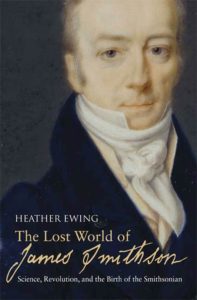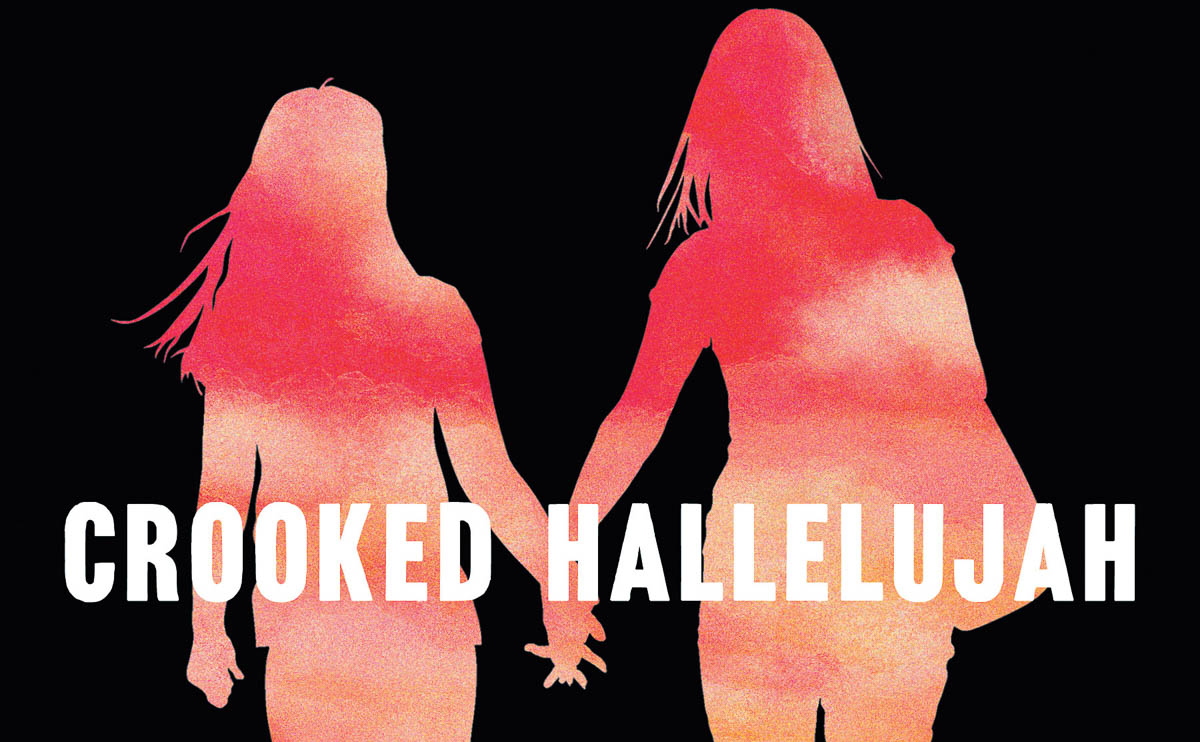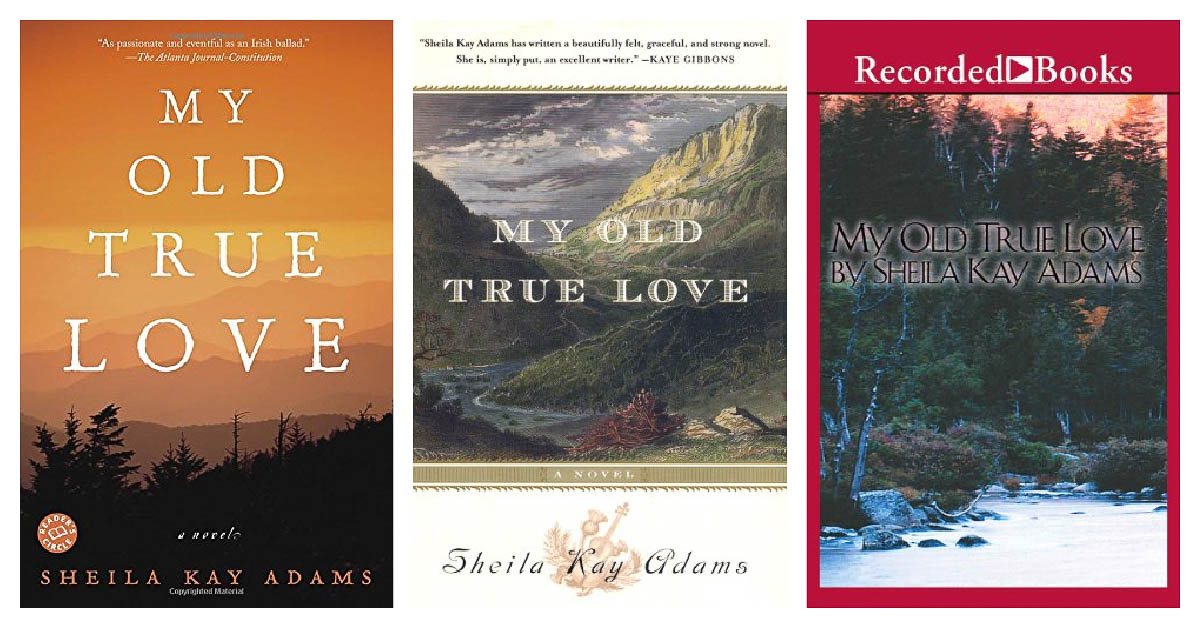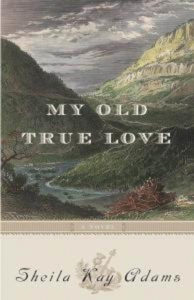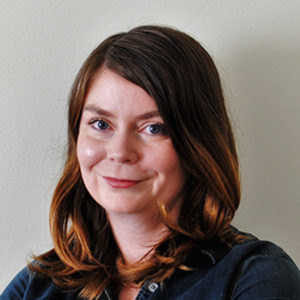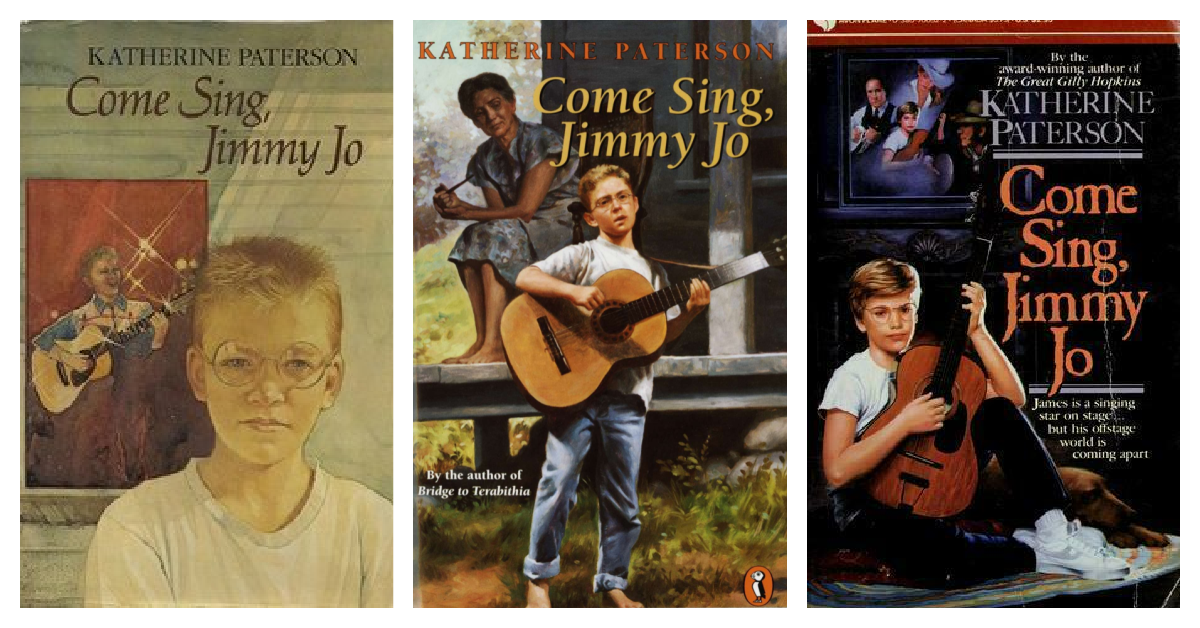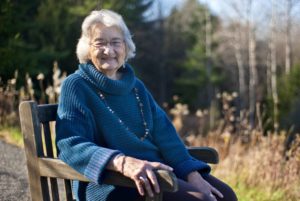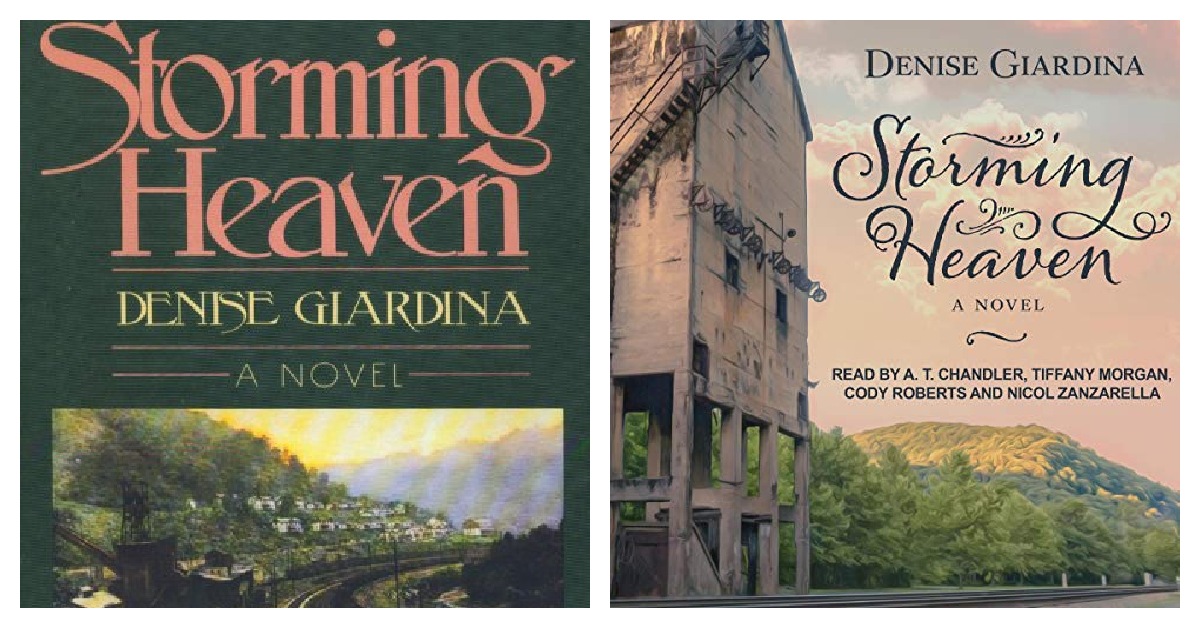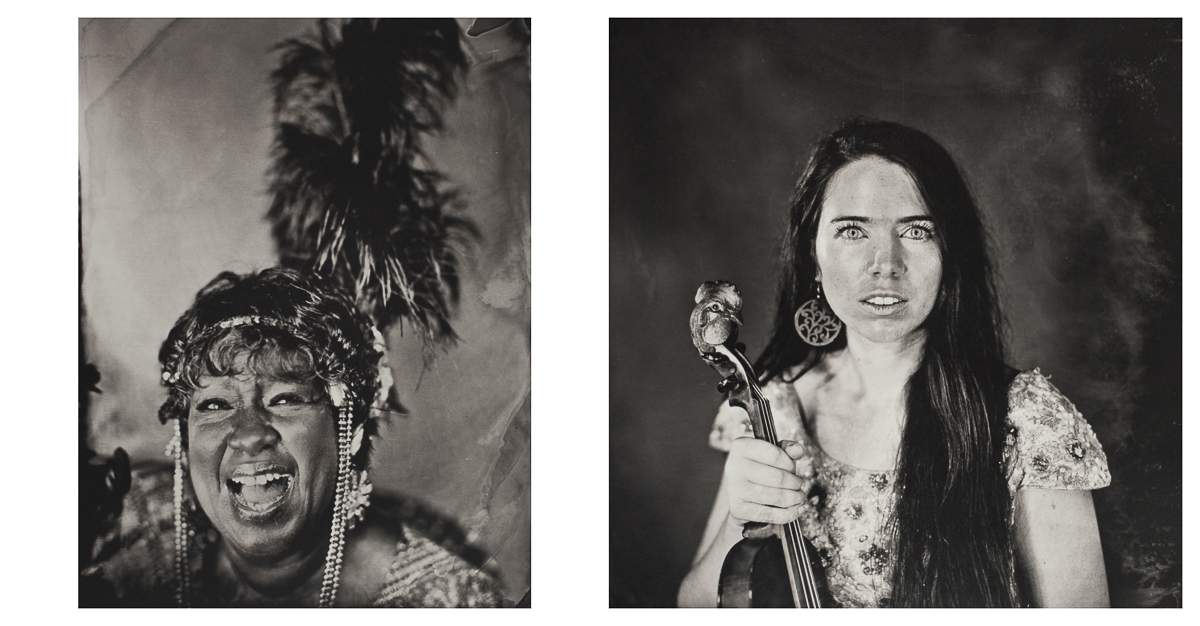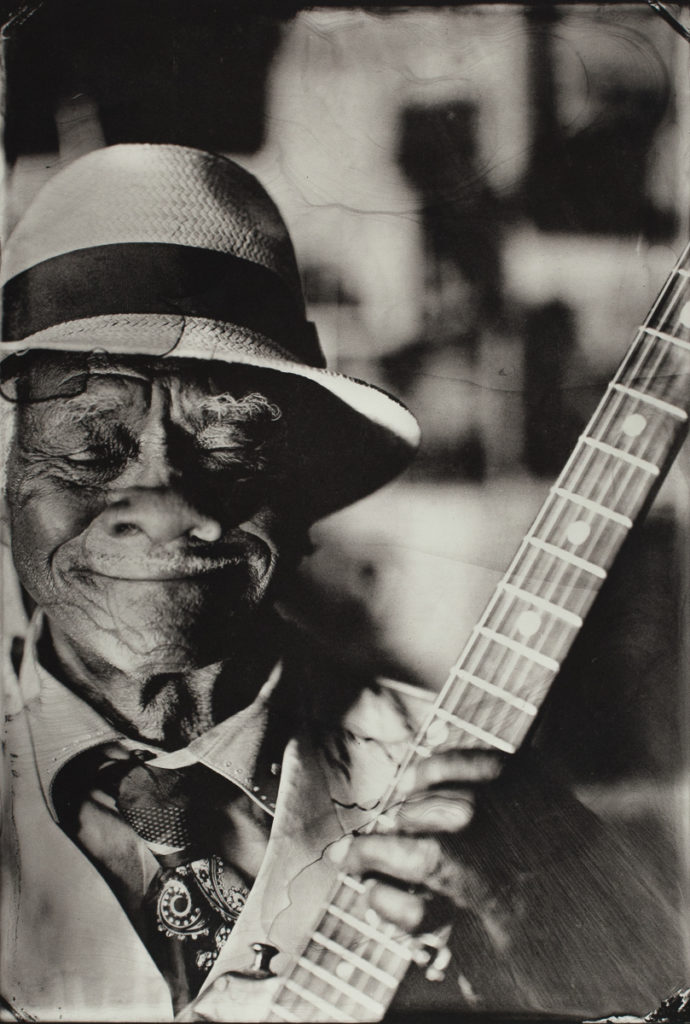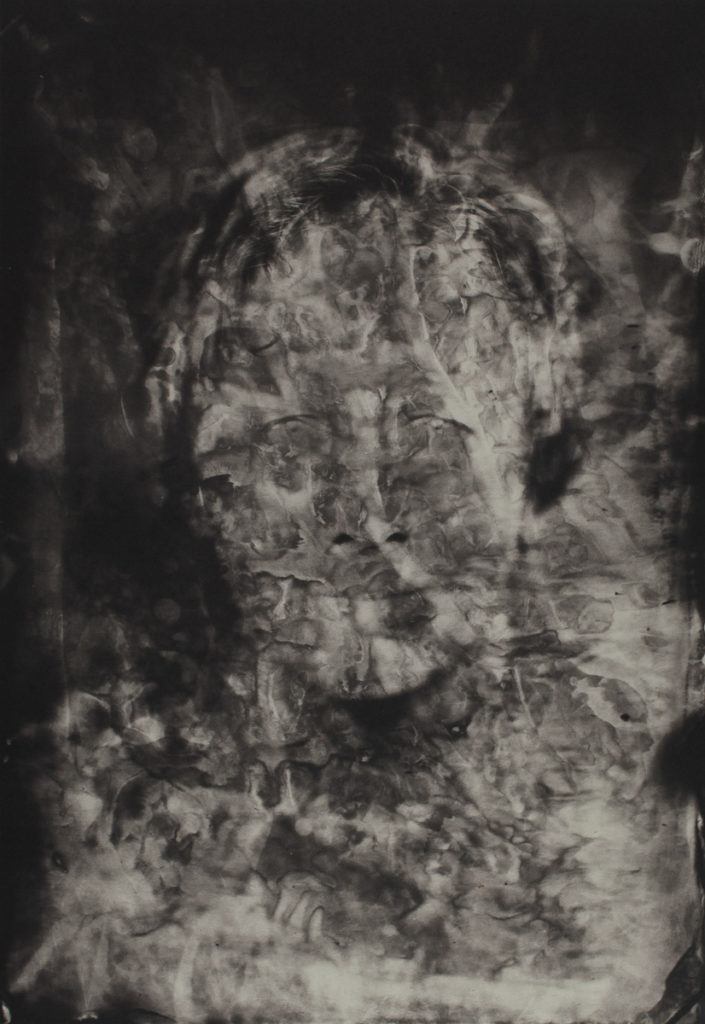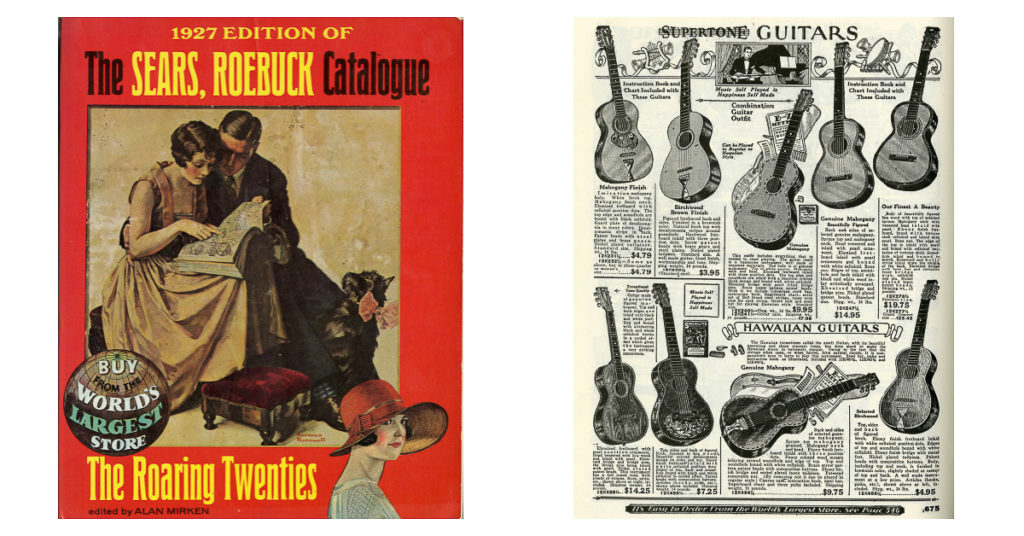Welcome to Radio Bristol Book Club where readers from the Birthplace of Country Music Museum and the Bristol Public Library come together each month to celebrate and explore books inspired by our region’s rich Appalachian cultural and musical heritage! We invite you to read along and then listen to Radio Bristol on the fourth Thursday of each month at 12:00 noon when we dig deep into the themes and questions raised by the books, learn more about the authors, and celebrate the joys of being a bookworm!
This month we are reading The Thread That Runs So True by Jesse Stuart. This book tells the story of Stuart’s life told in six sections or parts. Among these parts are several stories that define Stuart’s career as a Kentucky Mountain school teacher. Conversational in tone, you soon forget the book is autobiographical because the characters come alive in the richness of their speech and personalities. The book’s title and chapter headings were taken from a folk song children would sing at Lonesome Valley School. At 17, after only three years of high school, Stuart began his teaching career in a one-room rural school. Stuart does not allow himself to come between the reader and the community he describes because he functions as a guide to the experiences of his community. Stuart’s disguise of the people and places within the book give the stories artistic freedom. This book will make you grateful for the teachers you had growing up who influenced your life.
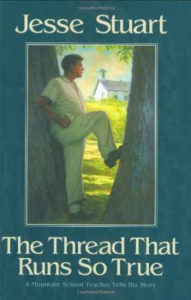
Jesse Stuart was born in a log cabin in Greenup County, Kentucky, in 1906. He was the first in his family to finish high school, graduating from Greenup High school in 1926, and he worked his way through Lincoln Memorial University in Harrogate, Tennessee, from which he graduated in 1929. While at Lincoln Memorial, he studied under Harry Harrison Kroll, a well-known novelist and one of Stuart’s greatest influences. Stuart returned to Eastern Kentucky and, after two years of public school teaching and administrative service, he decided to enroll in graduate school at Vanderbilt University. He pursued, but did not complete, a Master of Arts degree in English.
Stuart married Naomi Deane Norris in 1939, and they settled on his ancestral land in W Hollow. They had one daughter named Jessica Jane who became an accomplished novelist and poet. Stuart was a remarkable and original writer becoming an accomplished poet, short story writer, novelist, and essayist by the time he was in his 40s. He received the 1934 Jeannette Sewal Davis poetry prize for his first major book of poetry, Man with the Bull-Tounged Plow (1934), which included 703 sonnets, many mimicking the style of great Scottish poet Robert Burns. The book was described by the Irish poet George William Russell as the greatest work of poetry to come out of America since Walt Whitman published Leaves of Grass. He was the recipient of many awards, among them a Guggenheim Fellowship (1937), the Academy of Arts and Sciences award, the Berea College Centennial award for literature, the Academy of American Poets award, and several honorary degrees. He died in 1984 in Ironton, Ohio, and is buried in the Plum Grove cemetery near W Hollow.
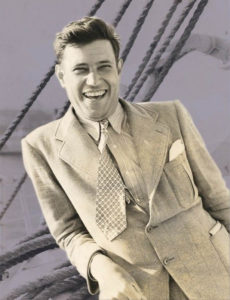
Author Jesse Stuart
Please make plans to join us on Thursday, August 25 at 12:00pm for the discussion of The Thread That Runs So True by Jesse Stuart. You can find us on the dial at 100.1 FM, streaming live on Radio Bristol, or via the Radio Bristol app. The book is available at the Bristol Public Library, so be sure to pick up a copy and read it ahead of time. The librarians will be happy to help you find the book. We look forward to exploring this book on-air, and if you have thoughts or questions about the book that you would like to share with our readers, you can email info@birthplaceofcountrymusic.org (Subject line: Radio Bristol Book Club) – your book insights might appear on air with us!
Looking ahead: Our book pick for September is The Man in Song: A Discographic Biography of Johnny Cash by John Alexander, a book chosen to go along with our upcoming special exhibit 1968: A Folsom Redemption about Johnny Cash’s concerts at Folsom Prison. We’ll be discussing this interesting book on Thursday, September 22. Check out our full list of 2022 Radio Bristol Book Club picks HERE, where you can also listen to archived shows!
Tonia Kestner is the Executive Director at the Bristol Public Library.




